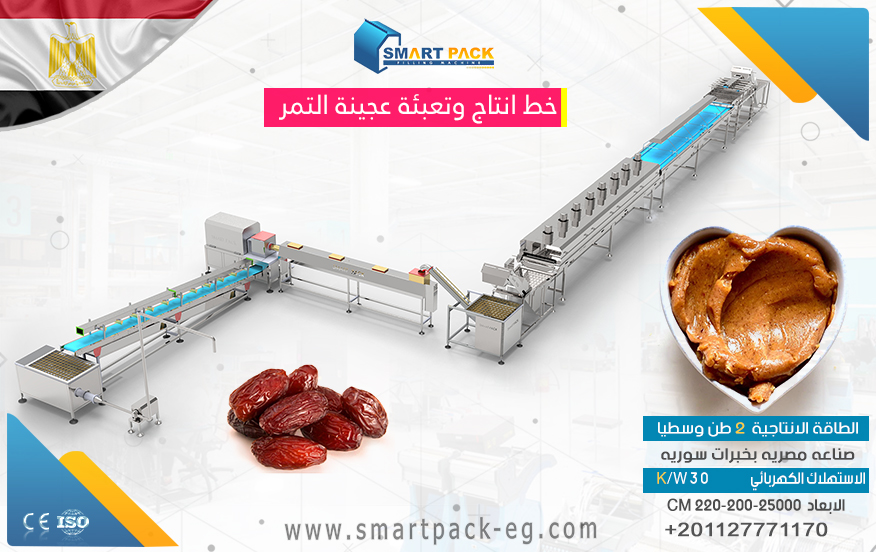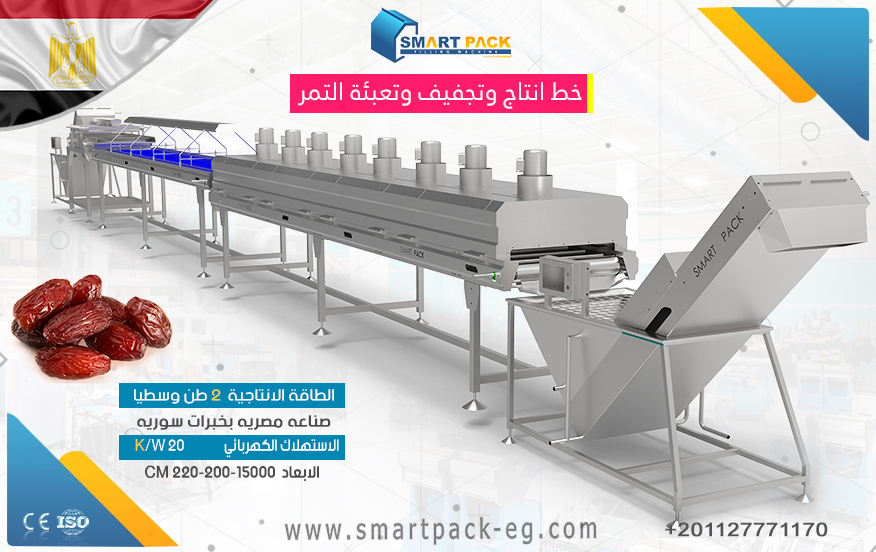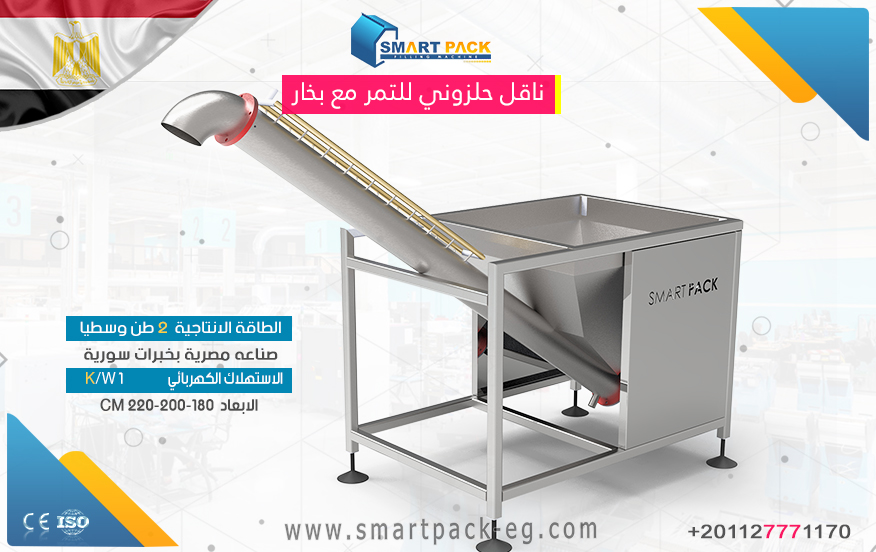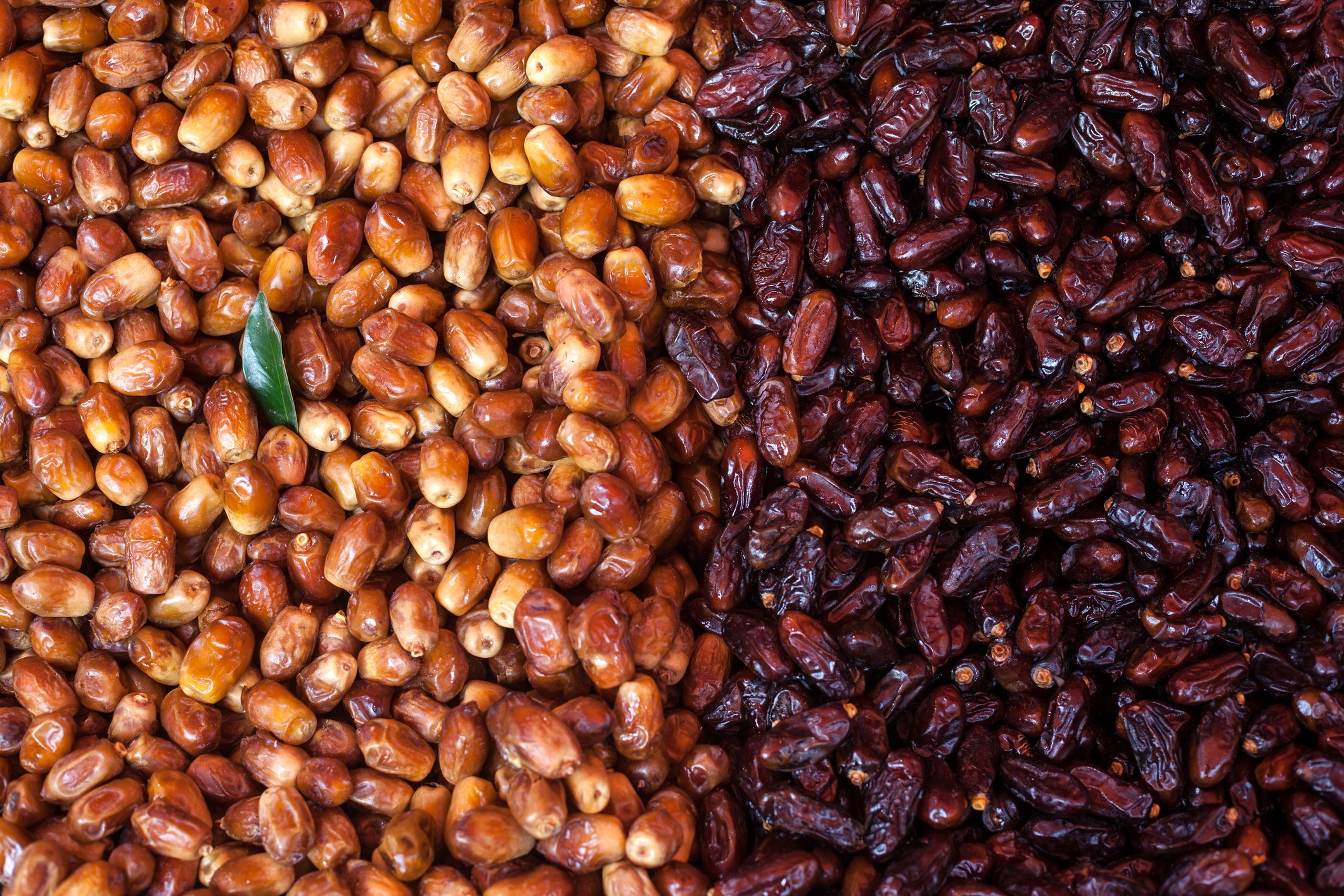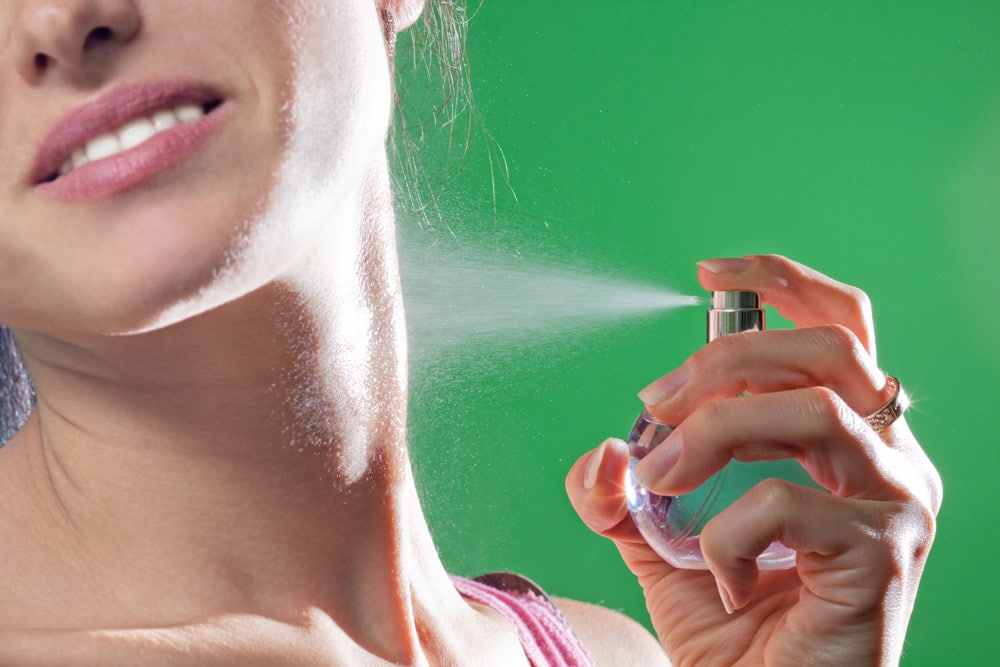How To Guide: Hot Soap Making
Introduction
Hot soap making is a wonderful craft that allows you to create your own custom bars of soap from scratch. It involves the use of hot processes and special techniques to produce luxurious and moisturizing soaps. This guide will take you through the steps of hot soap making, from gathering ingredients to the final curing process. Let's get started!
Materials and Tools
Before you begin, gather the following materials and tools:
-
Base Oils: Choose a combination of oils such as coconut, olive, palm, or almond oil.
-
Lye: You will need sodium hydroxide (NaOH) or potassium hydroxide (KOH) in the form of pellets or flakes, depending on the type of soap you wish to make.
-
Liquid: Water or other liquids like herbal teas, milk, or fruit juices can be used.
-
Essential Oils or Fragrance: Select scents that complement your soap design. Essential oils are derived from plants, while fragrance oils are synthetic.
-
Colorants: Natural pigments, micas, or oxides can be used to add color. Make sure they are skin-safe.
-
Safety Gear: Wear protective goggles, gloves, and an apron to ensure your safety.
-
Heatproof Containers: Stainless steel or heat-resistant plastic containers are essential for handling lye and hot oils.
-
Thermometers: Both a candy thermometer and an infrared thermometer are useful for measuring temperatures accurately.
-
Stick Blender: This will help you achieve trace, the point where the soap mixture thickens.
-
Molds: Choose silicone or wooden molds that are suitable for hot process soap making.
-
Cutting Tools: A knife or soap cutter will help you shape and cut the soap bars.
Step-by-Step Process
-
Safety First: Ensure you are working in a well-ventilated area and have all your safety gear on before you begin.
-
Prepare Your Workspace: Cover your work surface with newspaper or plastic wrap to protect it from spills.
-
Weigh and Combine Oils: Use a kitchen scale to measure the desired quantities of base oils, following a soap recipe. Heat the oils in a stainless steel pot until they reach around 140°F (60°C).
-
Measure and Dissolve Lye: In a separate container, carefully measure the specific amount of lye required for your recipe. Add the lye to the measured liquid slowly, stirring gently until fully dissolved. Note: Always add lye to liquid, never the other way around.
-
Combine Oils and Lye Mixture: Slowly pour the lye mixture into the pot of melted oils while stirring continuously.
-
Blend until Trace: Using a stick blender, mix the oils and lye until you achieve a thick, pudding-like consistency. This is called trace and indicates the beginning of the saponification process.
-
Add Colorants and Scents: Incorporate your desired colorants and essential oils/fragrances into the soap mixture, stirring well to ensure even distribution.
-
Cook the Soap: Transfer the soap mixture to a slow cooker or double boiler and heat it on low for around 2-4 hours until the soap is fully cooked. Stir occasionally to prevent scorching.
-
Check for Doneness: Test a small amount of the soap mixture by placing it on a pH strip. It should read 9-10, indicating the soap is ready.
-
Pour into Molds: Carefully pour the hot soap mixture into your chosen molds, filling them to the top. Smooth the surface with a spoon or spatula.
-
Cool and Cut: Allow the soap to cool and harden in the molds for at least 24 hours. Once firm, remove the soap from the molds and cut it into individual bars using a knife or soap cutter.
-
Curing Process: Place the cut soap bars on a drying rack or a porous surface to cure for at least 4-6 weeks. This allows excess water to evaporate and for the soap to become harder and longer-lasting.
Conclusion
Hot soap making is a rewarding skill that allows you to craft unique and personalized bars of soap. With the right ingredients, tools, and safety measures in place, you can create beautifully scented and moisturizing soaps that are suitable for everyday use. Remember, practice makes perfect, so don't be afraid to experiment with different ingredients and techniques to find your perfect soap recipe. Happy soap making!

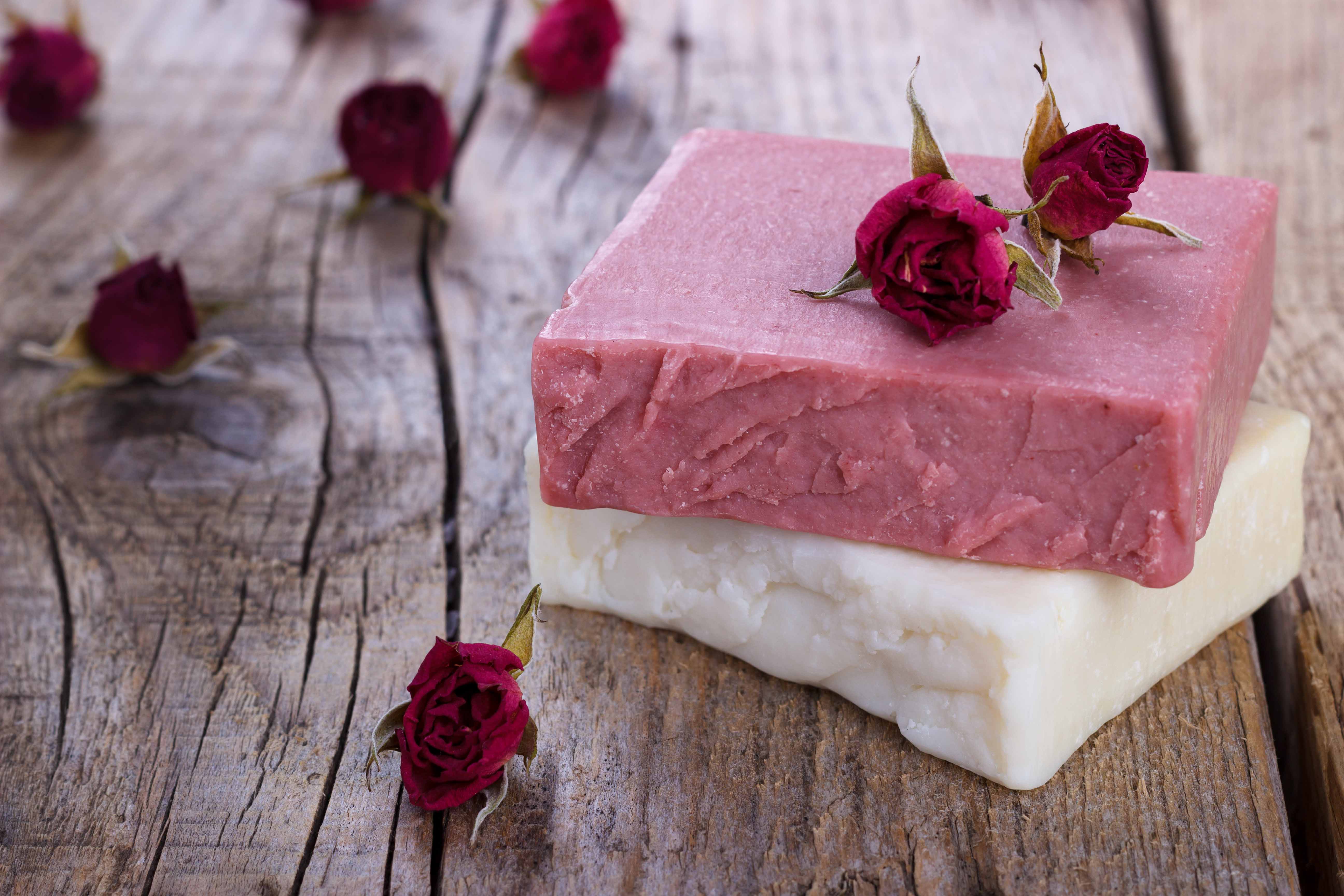
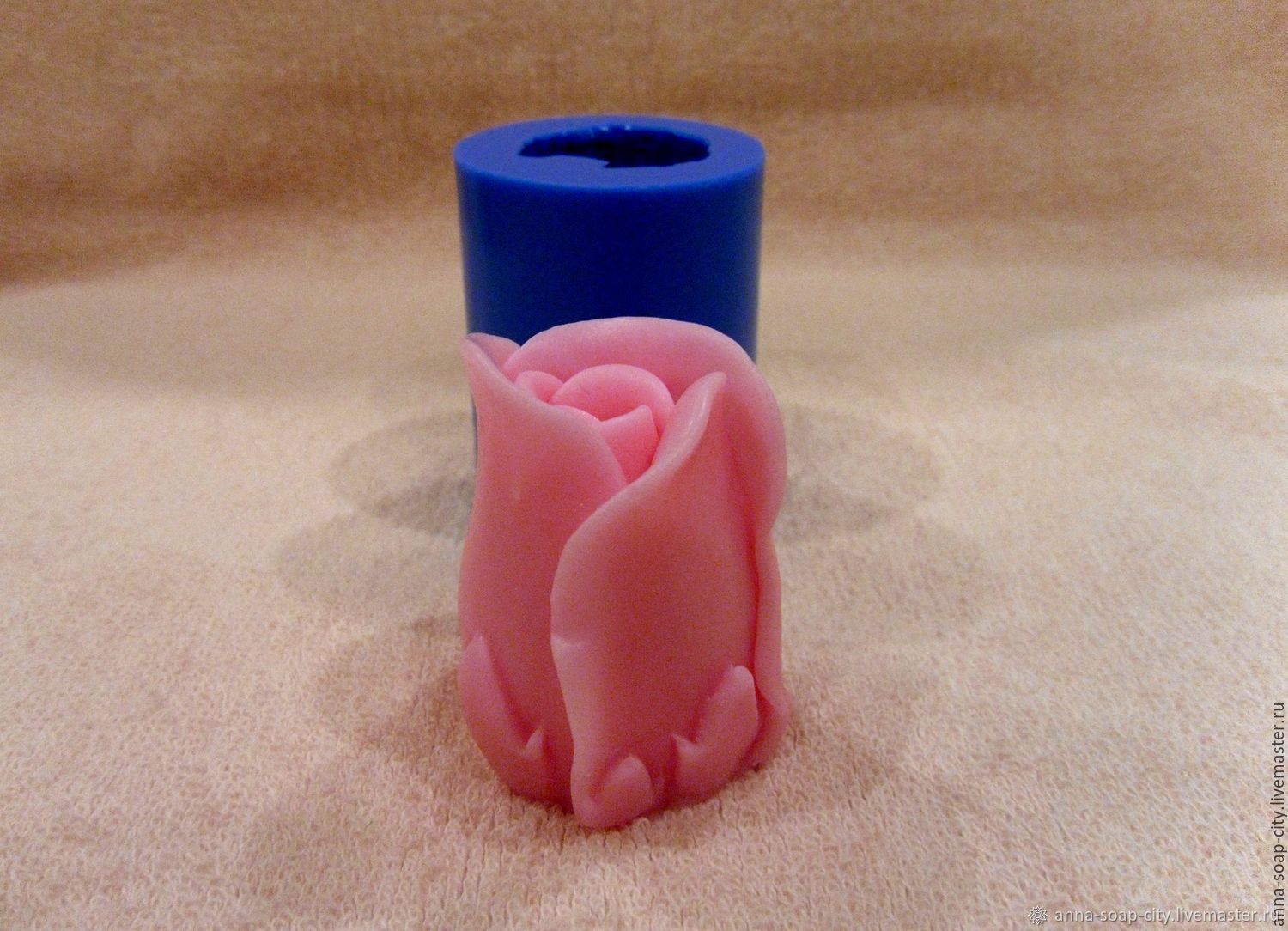
 Admin
Admin 